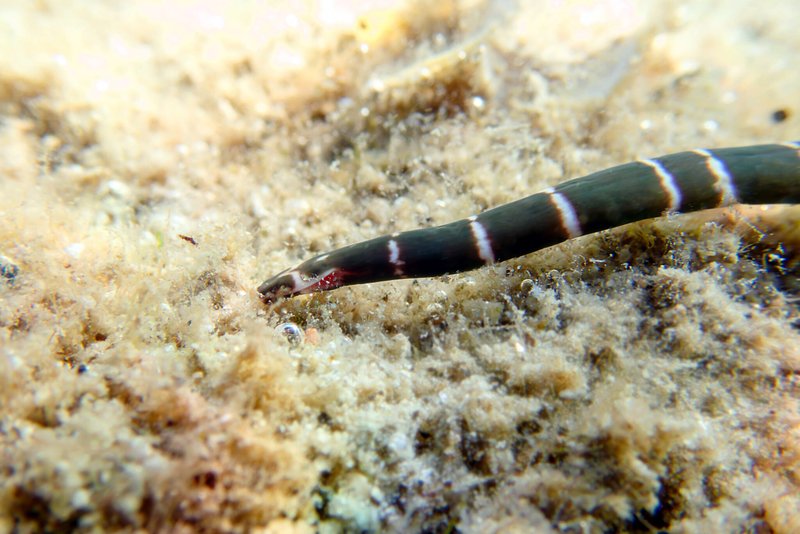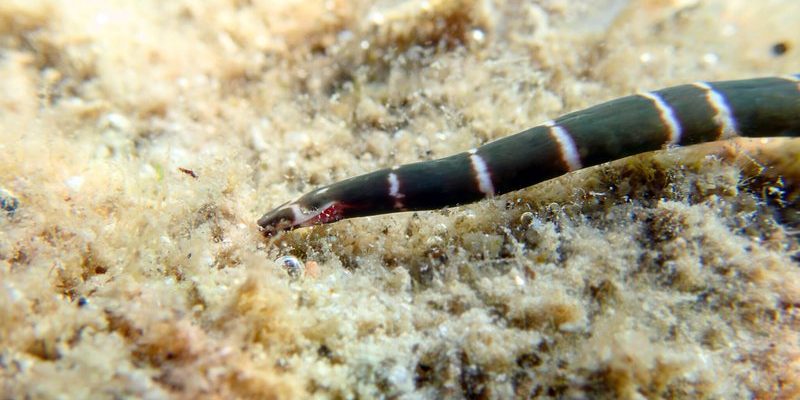
Imagine you’re sipping coffee with a friend, and they ask about these long, slender creatures. It’s easy to visualise them sliding through mud or sand, but do they thrive in lakes or rivers too? In this article, we’ll explore where ribbon worms usually live, their habitat preferences, and whether or not you might find them in your local freshwater spots. So, let’s unravel the mystery of ribbon worms together!
What Are Ribbon Worms?
Ribbon worms, or *Nemertea*, are unique invertebrates that can vary dramatically in appearance. They can range from just a few millimeters to several meters long, and they have a flat, elongated shape. Picture a shiny, flexible ribbon—you can’t help but be fascinated by their sleekness!
These creatures are often found in marine environments, which means they typically enjoy living in oceans and seas. Ribbon worms have a remarkable ability to extend and retract their bodies, allowing them to hunt prey or escape predators. They can also possess a colourful array of hues, which makes them quite eye-catching if you ever get the chance to see one up close.
As you might guess, ribbon worms have quite a unique lifestyle. They use a long, specialized feeding organ called a proboscis that can extend to catch unsuspecting prey. While this might sound a bit scary, it’s all part of their fascinating biology!
Freshwater vs. Marine Habitats
It’s important to understand the difference between freshwater and marine habitats when we talk about ribbon worms. Freshwater includes bodies of water like rivers, lakes, and ponds, while marine habitats encompass oceans and seas. These two environments are incredibly different in terms of salinity, temperature, and types of organisms that live there.
Most ribbon worms are marine, which means they thrive in salty water. Think of it like fish—they need the saltwater environment to survive, just as some fish can’t adapt well to freshwater ecosystems. However, this doesn’t mean ribbon worms can’t be found in freshwater at all.
You might be surprised to learn that some species of ribbon worms do inhabit freshwater environments! These freshwater ribbon worms are usually less common but can occasionally be spotted in ponds or marshes. They tend to have different adaptations compared to their marine cousins, making them more suited for the less salty surroundings.
Can You Find Ribbon Worms In Your Local Freshwater?
So, can you expect to find ribbon worms in that scenic lake you love to visit? Honestly, it depends. While it’s not impossible, it’s not very likely either. Most ribbon worms prefer the salty embrace of the ocean, which means they’re usually absent from freshwater locales. However, there are some exceptions.
In certain regions, particularly where freshwater meets saltwater—like estuaries—you might come across these fascinating worms. These transitional areas can be a unique habitat for species that can adapt to variable salinity levels. For example, the Nemertopsis genus includes species that thrive in estuarine environments, giving them a leg up on ribbon worms in purely freshwater areas.
If you’re curious about finding ribbon worms in your local waters, try looking in marshy areas or places where there’s a mix of fresh and saltwater. If you spot one, consider yourself lucky—it’s quite the find!
Identifying Ribbon Worms: Freshwater vs. Marine
If you happen to stumble upon a ribbon worm, how can you tell whether it’s a freshwater variety or a marine one? Here are some key characteristics to help you identify them:
- Color: Freshwater ribbon worms tend to have more muted colors compared to their vibrant marine relatives. Look for browns or greens rather than the bright oranges or reds commonly seen in ocean-dwelling species.
- Size: Freshwater ribbon worms are usually smaller than marine ones, often measuring only a few centimeters. In contrast, some marine ribbon worms can grow several meters long.
- Habitat: As mentioned, if you find them in a marshy area or a spot where the water is brackish (a mix of salt and freshwater), you might just be looking at a freshwater ribbon worm.
- Behavior: Ribbon worms are known for their retractable proboscis. If you observe one that’s a little shy about revealing its feeding organ, it may be a freshwater species that’s a bit more cautious.
Being able to identify these unique creatures can enhance your nature walks and give you a deeper appreciation for the life that thrives in both freshwater and marine environments.
The Ecological Importance of Ribbon Worms
You might be wondering why ribbon worms matter in the grand scheme of things. These creatures play a crucial role in their ecosystems, both in marine and potentially freshwater habitats. They are a key part of the food web, serving as prey for fish and other larger animals.
In freshwaters, if ribbon worms are present, they can help control populations of small invertebrates, contributing to biodiversity. They also participate in nutrient cycling, breaking down organic matter and releasing nutrients back into the environment.
Plus, ribbon worms can be an indicator of environmental health. If you find them thriving in an area, it often suggests that the ecosystem is balanced and healthy. That’s pretty impressive for a creature that many people might overlook!
In short, while ribbon worms are predominantly marine creatures, there are indeed species that can thrive in freshwater environments. It’s a bit of a fine balance between salt and freshwater ecosystems, and these amazing worms give us a glimpse into that complexity.
So next time you’re out exploring nature, keep an eye out for these fascinating creatures. Whether you find them in a brackish estuary or just enjoy learning about them from afar, ribbon worms remind us of the incredible diversity of life in our world. They may be small, but they play significant roles in their environments. Happy exploring!

